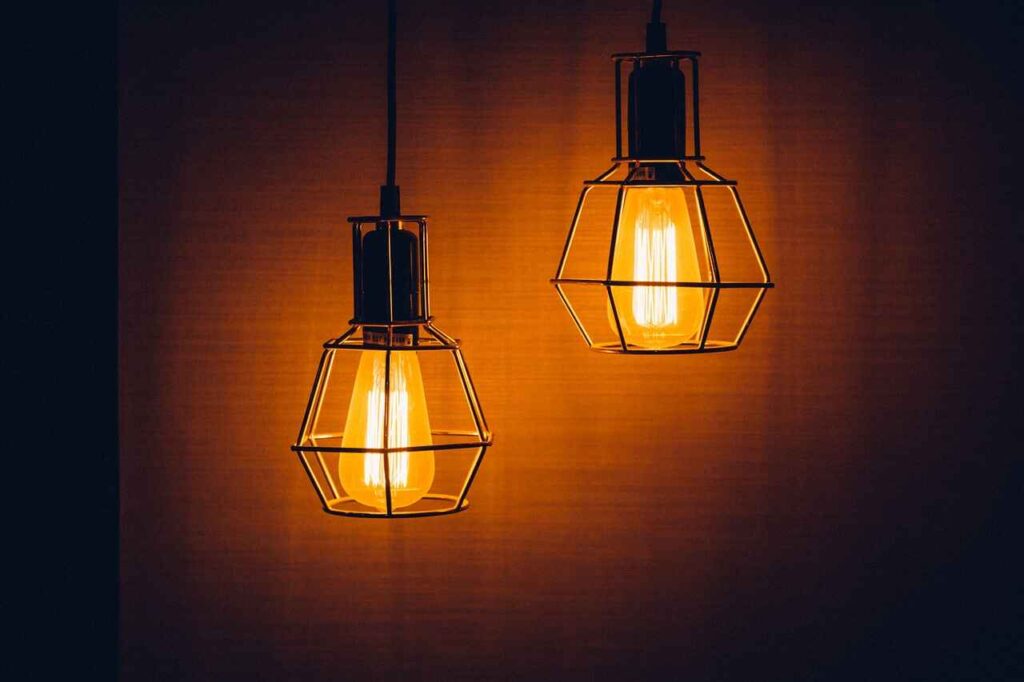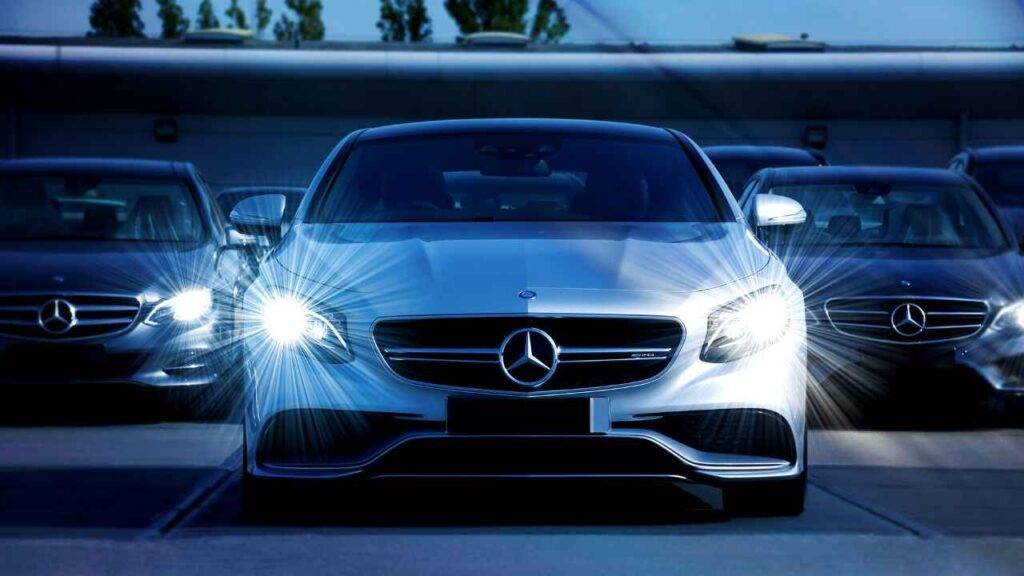Did you know that choosing the wrong headlight bulb can reduce your visibility by up to 50% at night? We’ve spent years working with various automotive lighting systems, and one common question we hear is about the difference between H3 vs H7 bulbs. Understanding the right choice for your vehicle is critical for safe driving. In this guide, we’ll explore the key differences between these two popular headlight bulbs to help you make an informed decision.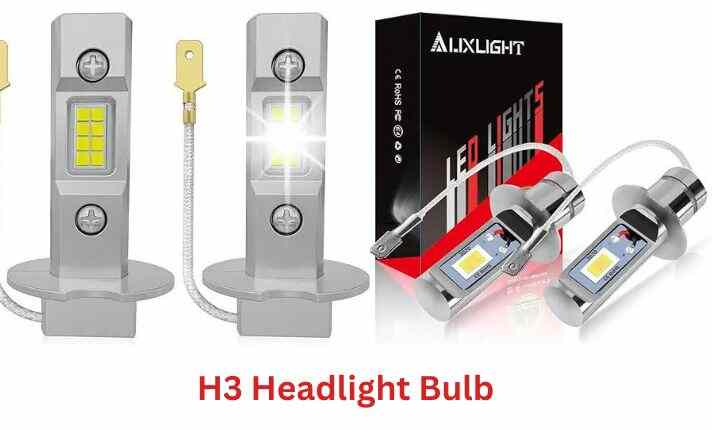
Physical Differences and Specifications
One of the first things to note is the physical differences between the H3 vs H7 bulb.
1. Base Designs and Mounting Mechanisms
H3 headlight bulbs have a different base design compared to H7. The H3 has a metal tab that connects to the power source with a wire, while H7 bulbs feature a twin-contact base without any attached wire. This difference makes the installation process unique for each, so it’s essential to know what type of connection your vehicle’s headlight housing requires.
2. Bulb Sizes and Fitting Compatibility
When it comes to size, H7 bulbs tend to be slightly larger than H3 bulbs. However, both are halogen bulbs and are quite similar in design. Fitting compatibility can be an issue, especially if you are considering retrofitting. While H7 bulbs are typically used in high and low beams, H3 bulbs are often used in fog lights and auxiliary lights.
3. Wattage Ratings and Power Consumption
H3 bulbs usually operate at around 55 watts, while H7 bulbs also fall within the same wattage range, typically 55 to 60 watts. Although they consume similar power, the efficiency of their light output can vary, which we’ll explore in the performance comparison.
4. Voltage Requirements and Electrical Specifications
Both H3 and H7 bulbs run on 12V electrical systems, making them compatible with most modern vehicles. It’s always important to double-check your car’s electrical specifications before buying to avoid any potential issues.
5. Lifespan Expectations
H7 bulbs generally last longer than H3 bulbs. While H3 bulbs may last around 300 to 500 hours, H7 bulbs have a lifespan ranging from 500 to 1000 hours, depending on the quality. This means fewer replacements over time with H7 bulbs.
Applications and Vehicle Compatibility
Now, let’s look at the practical applications and vehicle compatibility for each bulb.
a). Common Vehicles Using H3 Bulbs
H3 bulbs are more commonly found in older or specific vehicle models, particularly in auxiliary or fog light setups. Some European models, like BMW and Audi, still use H3 bulbs for fog lamps.
b). Vehicles Typically Equipped with H7 Bulbs
H7 bulbs are widely used in a variety of modern cars, including popular brands like Volkswagen, Mercedes-Benz, and Toyota. They are often found in both the low and high-beam settings of headlight systems.
c). Cross-Reference for OEM Applications
If you are looking to replace an OEM headlight, it’s essential to consult your vehicle’s manual or check with a professional. Some vehicles allow easy retrofitting of H3 or H7 bulbs, while others may not.
d). Regional Differences
European vehicles tend to favor H7 bulbs, while H3 bulbs may still be more common in the American market for specific applications like off-road or auxiliary lighting.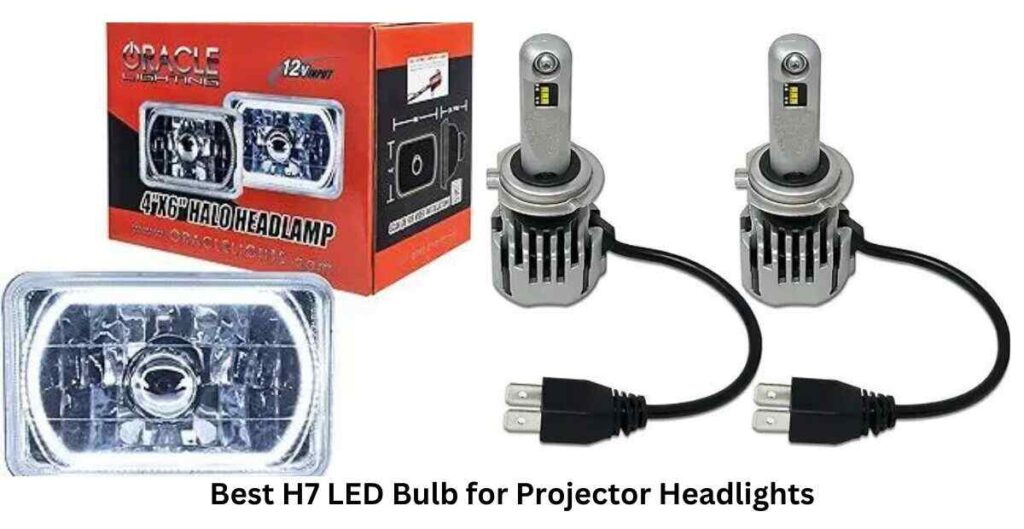
Performance Comparison of h3 vs h7 bulb
Performance is the most crucial factor when deciding between H3 and H7 bulbs, especially in night driving conditions.
1. Light Output Measurements in Lumens
H7 bulbs generally offer higher light output compared to H3. The H3 bulb typically provides around 1,400 lumens, whereas the H7 bulb can reach up to 1,500 to 1,700 lumens.
2. Beam Pattern Characteristics
The beam pattern is another significant difference. H7 bulbs are designed for a more focused, direct light beam, which makes them excellent for long-range illumination. H3 bulbs, on the other hand, have a more scattered beam, ideal for fog lights where you need broader, less intense light coverage.
3. Color Temperature Variations
Both bulbs are available in various color temperatures. The standard halogen light color temperature for H3 and H7 bulbs is around 3,000 to 4,000 Kelvin, giving off a warm yellowish light. However, you can also find them in higher color temperatures like 5,000K for a cooler, white light.
4. Road Illumination Distance
H7 bulbs tend to provide better road illumination distance because of their focused beam, which is particularly useful for highway driving at night. In contrast, H3 bulbs offer shorter-range illumination, making them more suited for foggy or off-road conditions.
5. Energy Efficiency
Both bulbs consume similar amounts of energy, but the H7 bulb is generally more efficient in converting power to usable light.
Installation and Maintenance
Let’s cover the practical side of things with installation and maintenance tips.
1. Step-by-Step Installation Guide
- For H3 Bulbs: Start by removing the headlight cover, disconnecting the old bulb’s wire, and plugging in the new H3 bulb, ensuring the wire is properly attached.
- For H7 Bulbs: H7 bulbs are easier to install, as they lack the attached wire. Simply remove the old bulb, plug the new one into the socket, and you’re done.
2. Common Installation Mistakes
One common mistake is touching the bulb with bare hands, which can leave oil residues and shorten the bulb’s life. Always use gloves or a cloth when handling.
3. Maintenance Requirements
Both bulbs require regular cleaning and inspection for signs of wear or dimming. Check your headlight covers as well, as dirt or foggy lenses can reduce light output.
4. Replacement Frequency
Because H7 bulbs last longer, you’ll replace them less frequently than H3 bulbs. Typically, H3 bulbs need to be replaced every 300 to 500 hours, whereas H7 bulbs may last twice as long.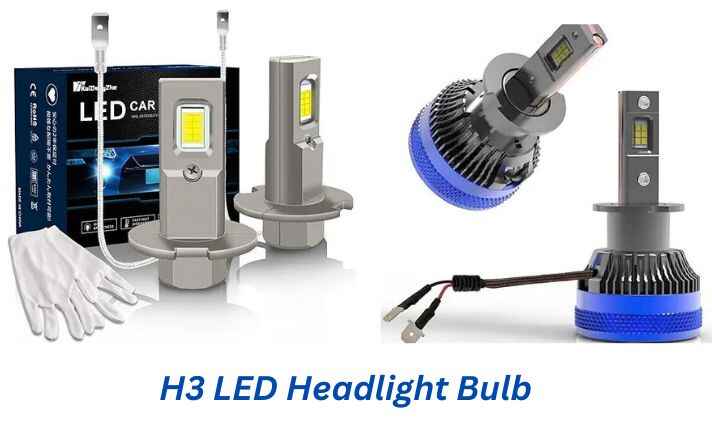
Pros and Cons of h3 vs h7 bulbs
H3 Bulb Advantages and Disadvantages
- Pros: Ideal for fog lights, cheaper, versatile for off-road use.
- Cons: Shorter lifespan, lower light output, scattered beam.
H7 Bulb Strengths and Limitations
- Pros: Higher light output, longer lifespan, focused beam, better for long-range visibility.
- Cons: Slightly higher cost, may not fit older models without modification.
Legal Considerations and Regulations
1. DOT Compliance
Both H3 and H7 bulbs need to meet Department of Transportation (DOT) standards to be street-legal in the U.S.
2. European Regulations
European regulations typically require H7 bulbs in newer vehicles, as they meet higher efficiency and performance standards.
3. Aftermarket Modification Rules
If you’re considering aftermarket bulbs, make sure they comply with local and international standards to avoid fines or unsafe driving conditions.
Conclusion
Choosing between H3 vs H7 bulbs comes down to your vehicle’s needs and your driving habits. If you prioritize long-range illumination and longevity, the H7 bulb is likely your best choice. However, for fog lights or auxiliary lighting, the H3 bulb can still perform well. Ultimately, a safe and bright driving experience depends on selecting the right bulb and maintaining it properly. Safe driving!
Related articles:
Hi, I’m Malik Suhail—an SEO expert, web designer, and passionate blogger with 2 years of experience. I specialize in crafting content that is not only informative but also tailored to meet the needs of my readers.
I write about diverse topics, always striving to simplify complex ideas and provide valuable insights that resonate with my audience. Whether it’s about SEO strategies, web design trends, or blogging tips, I am committed to delivering well-researched, practical, and easy-to-understand information.
My mission is to help readers navigate the digital world with confidence and clarity. I believe in adding value through authentic content that inspires action and delivers results.

